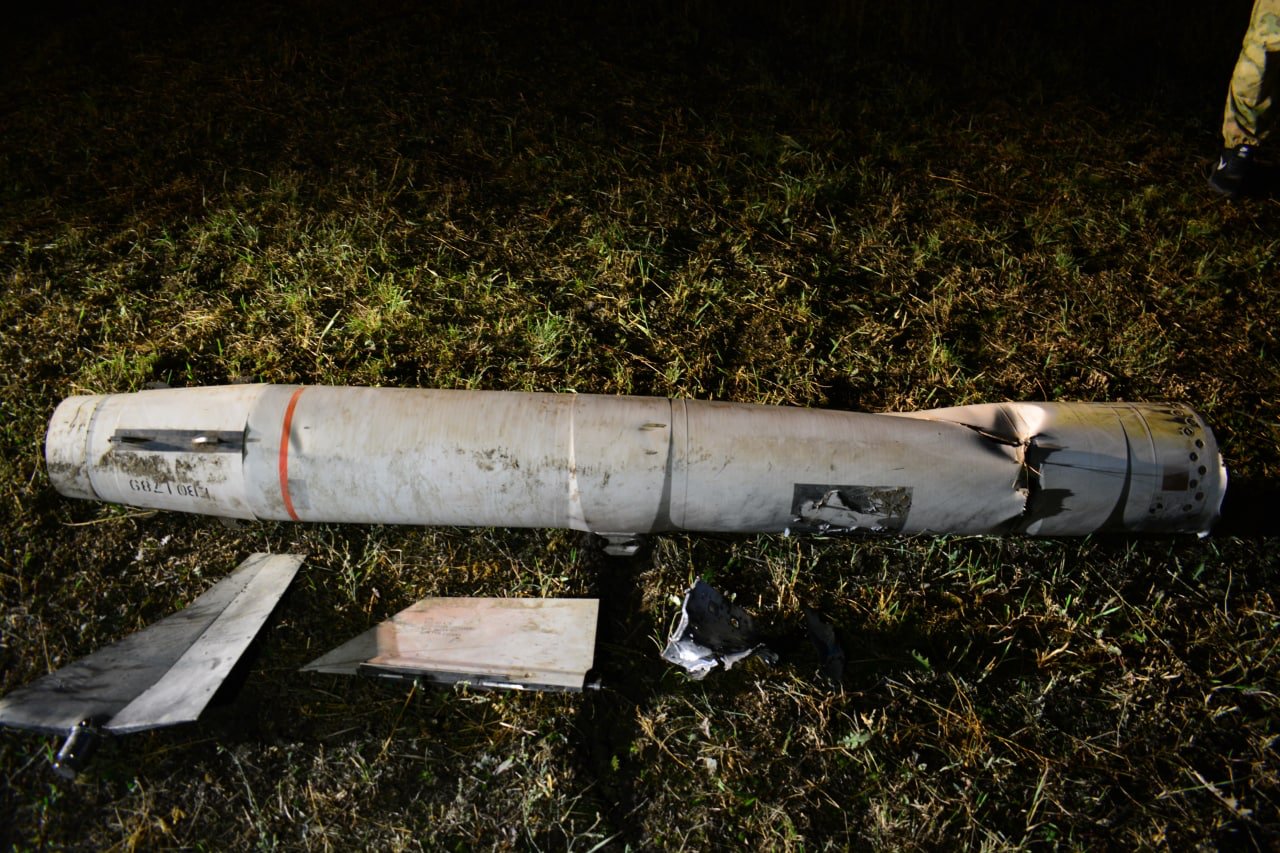An official of the Donetsk People’s Republic (DPR) has accused Ukraine of using US-supplied AGM-88 HARM missiles indiscriminately to attack civilian targets.
According to Lt. Col. Andrei Baevsky of the People’s Militia, who is also a deputy of the parliament of the DPR, Ukrainian pilots are letting their HARMs lock on to random emissions from within the city.
The AGM-88 HARM is an anti-radiation missile (ARM) that can lock or home in on any radio frequency emissions. It’s possible to feed target coordinates into the missile, in which case the missile will strike at the coordinates even if the target is not emitting or if the missile loses its lock.
Typically, HARM is used to attack adversary air defense (AD) radars. The 360 kg missile was built for carriage by NATO aircraft. Ukraine has modified its MiG-29 fighters with US help to carry and launch HARMs.
According to the DPR officer, Ukraine prefers to consume its HARM missiles rather than conserve them in order to ensure the continued resupply of weapons from the US. Ukraine aims to keep the West involved in the conflict by increasing Western stakes in it.
The fallen/shot down US AGM-88 HARM anti-radar missile in the Budyonnovsky district of Donetsk pic.twitter.com/JjAmhPGen1
— João Sebastian (@Joosebastian71) October 25, 2022
HARM Attrition
Another likely reason why Ukraine prefers to expend its HARM missiles on civilian targets is because Russian mobile short-range AD systems like Pantstir and Tor have proven very effective in shooting down HARM missiles.
These systems guard vital areas and targets like the Antonovsky bridge in Kherson. Besides static targets, they also guard missile units like S-300 long-range and Buk-M medium-range AD missile systems.
Pantsir and Tor systems have regular missiles to engage aircraft-sized targets (57E6 in the case of Pantsir & 9M330 in the case of Tor). They also have small-sized missiles specially developed to engage artillery shells, rockets, air-to-surface missiles, and drones.

The table below, based on Russian MoD press statements, lists the recent downing of HARM missiles by Russian AD units
|
Date |
HARM Missiles Shot Down |
|
October 29 |
8 |
|
October 25 |
3 |
|
October 23 |
1 |
|
October 22 |
3 |
|
October 21 |
2 |
A lot of HARM shoot-downs take place in the Kherson region. Ever since the US confirmed the supply of HARM missiles in early August, Ukraine has been conducting coordinated attacks on the Antonovsky bridge using HIMARS and HARM missiles.
The intent is to take-out Russian AD radars when they attempt to track and engage HIMARS rocket projectiles.
Notwithstanding frequent shootdowns, HARM missiles have successfully penetrated Russian air defenses and struck Russian missile systems such as the Buk-M2 systems deployed in Kherson. However, the Antonovsky bridge continues to stand and be repaired for use by light traffic.
⚡️DEVELOPING ⚡️
⚠️ WARNING DISTURBING IMAGES
Ukra army have carried out massive shelling of Donetsk from potentially USA HARM anti-radar missile, splattering the sidewalk in blood and injuring INNOCENT civilians.
13 civilians WOUNDED by Ukr army strikes in Donetsk city pic.twitter.com/SpRmjSso1i
— David.R (@DavidRusskian) October 25, 2022
Unlike the Antonovsky bridge, populated areas in Donetsk are not defended by Pantsir and Tor missile systems. Consequently, Ukraine uses HARM missiles “as a conventional missile with a long range – up to 150 km – and a fairly powerful warhead of 66 kg,” says Col. Baevsky.
“The launch is carried out with the maximum possible range in the direction of a large settlement in the hope that the homing head will capture something when approaching. Naturally, there is no question of any defeat of air defense systems, it is directed quite arbitrarily at a random source of radio emission, which in a modern city can be, in general, anything from a cell tower to a radio station in a trucker’s cab,” he said.
“As a result, we are seeing, for example, an AGM-88 HARM explosion near an apartment building along Bogdan Khmelnytskyi Avenue [in Donetsk], where a priori there can be no air defense radars, there is a completely unsuitable place for radars,” he added.
Earlier on October 24, Ukraine used HARMs to strike at civilian targets in the Russian city of Belgorod.
Ukrainian AGM-88 HARM missile crashed somwhere in Donbass region pic.twitter.com/8tiIuUUZHL
— LogKa (@LogKa11) October 21, 2022
The exact number of HARMs supplied to Ukraine is not known. What is known is that the US is continuing to supply more such missiles.
The latest $675 million security assistance package announced by the US Department of Defence (DoD) on October 14, 2022, includes an unspecified HARM missile.
- Vijainder K Thakur is a retired IAF Jaguar pilot. He is also an author, software architect, entrepreneur, and military analyst. VIEWS PERSONAL
- Reach out to the author at vkthakur (at) gmail.com
- Follow EurAsian Times on Google News




